In today’s fast-paced world, the prevalence of diabetes is on the rise, affecting millions of people worldwide. This chronic condition not only requires lifelong management but also demands careful attention to one’s lifestyle choices. While medical treatments and medications play a vital role in controlling diabetes, many individuals are seeking more holistic and natural approaches to complement their diabetes management, including adopting a low-carb diet for diabetics and incorporating the best foods for diabetics.
The journey toward effectively managing diabetes is a multifaceted one that encompasses dietary choices, physical activity, stress management, and a commitment to overall well-being. In this blog, we’ll delve into the best and most effective ways to cure diabetes naturally, with a special focus on the benefits of a low-carb diet for diabetics and the incorporation of the best foods for diabetics. These approaches are not meant to replace medical advice or prescribed treatments but can serve as valuable additions to your diabetes management toolkit.
From mindful eating habits to the power of regular exercise and the calming influence of stress reduction techniques, we will explore a holistic approach to diabetes care that empowers you to take charge of your health. So, whether you’re newly diagnosed with diabetes or looking for additional strategies to enhance your current management plan, read on to discover the transformative potential of natural remedies and lifestyle adjustments.
What is Type 1 diabetes and Type 2 diabetes?
There are two kinds of diabetes, Type 1 and Type 2. Type 1 diabetes develops when the cells are destroyed in the pancreas that produces insulin. In other words, people with type 1 diabetes are unable to produce insulin in their bodies. Thus, without insulin, the body is not able to regulate the amount of glucose in the blood.
For many patients who suffer from type 2 diabetes, their body is unable to make or use as much insulin as their body requires. They won’t have symptoms for several years, it develops gradually over time. While some do not even discover any symptoms until certain complications develop.
How to Manage Diabetes Healthily?
Although the disease cannot be cured completely, a person can stay in remission for a longer period. During remission, our body does not have any symptoms of diabetes, however, the disease technically exists. People who suffer from Type 2 diabetes do not need to take insulin. According to 2016 studies, it is found that specific interventions can put Type 2 diabetes in remission. Attaining diabetes remission can be as simple as making changes in a diet or exercise. Here are some ways to treat type 2 diabetes naturally by maintaining a healthy diet and a healthy lifestyle.
A healthy low-carb diet for diabetics and a well-planned diet can help a person to have control over diabetes. Here, I’d like to present some views to include the following items in your diet in addition to others.
Increase the Consumption of Fiber
First of all, let me tell you that there are two types of fibre, soluble and insoluble. Both have their importance, however, soluble fibre helps to lower the blood sugar level, which is highly beneficial in treating type 1 diabetes.
Foods that contain a high amount of soluble fibre include oats, oat bran, dried beans, citrus fruits, apples, strawberries, peas, and rice bran. You must include any of the above-recommended food items in your good diabetic diet. The suggested regular consumption of fibre is around 38 grams for men and 25 grams for women.
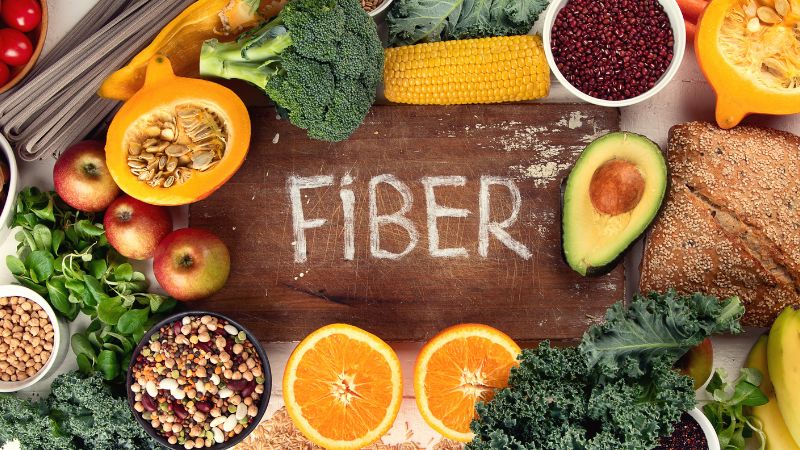
Leafy Green Vegetables
One of the best foods for managing type 2 diabetes is leafy green vegetables. These nutrient-rich greens, such as spinach, kale, and collard greens, are low in carbohydrates and high in fibre, vitamins, and minerals. They have a minimal impact on blood sugar levels while providing essential nutrients that support overall health.
Leafy greens can help improve insulin sensitivity, regulate blood sugar, and reduce the risk of complications associated with type 2 diabetes. Incorporating them into your diet through salads, stir-fries, or smoothies can be a delicious and diabetes-friendly way to promote better blood sugar control.

Optimal Carbohydrate Choices
The best carbs for diabetics are those with a low glycemic index (GI) and high fibre content. Whole grains like quinoa, brown rice, and whole wheat pasta are excellent choices because they release glucose into the bloodstream slowly, preventing rapid spikes in blood sugar.
Legumes such as lentils, chickpeas, and beans are also beneficial due to their high fibre and protein content, which stabilizes blood sugar levels. Non-starchy vegetables like broccoli, cauliflower, and spinach are low in carbs and packed with nutrients. Incorporating these low-GI, high-fiber foods into your diet can help manage blood sugar effectively while promoting overall health.
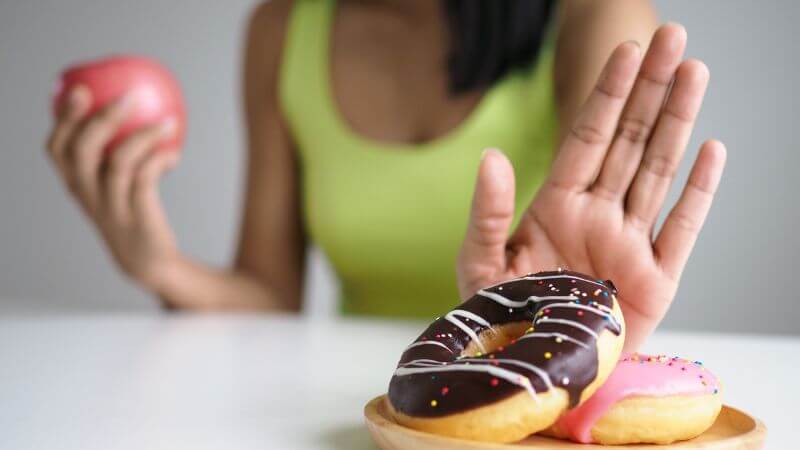
Take Apple Cider Vinegar
Incorporating apple cider vinegar into a good diabetic diet can have numerous positive impacts on your health. It plays a crucial role in reducing blood sugar levels by inhibiting the liver’s production of glucose and enhancing the cells’ ability to utilize it.
Research suggests that vinegar can enhance your body’s response to sugars, thereby increasing insulin sensitivity. To include it in your diabetic diet plan, consider mixing two tablespoons of apple cider vinegar with eight ounces of water or adding it to your salads. However, it’s essential to consult your doctor, especially if you are already taking medications designed to lower blood sugar levels.

Intake of Fenugreek Seeds
Incorporating fenugreek seeds into a good diabetic diet is highly beneficial. As previously mentioned, diabetics should prioritize the inclusion of soluble fibres in their dietary choices, and fenugreek seeds fit the bill perfectly. These seeds are considered one of the safest herbal remedies for diabetic patients, effectively assisting in blood sugar level management.
A recommended daily intake ranges from 2 to 5 grams of fenugreek seeds, which can be easily incorporated into various dishes, including baked items, as part of a comprehensive strategy to control diabetes.
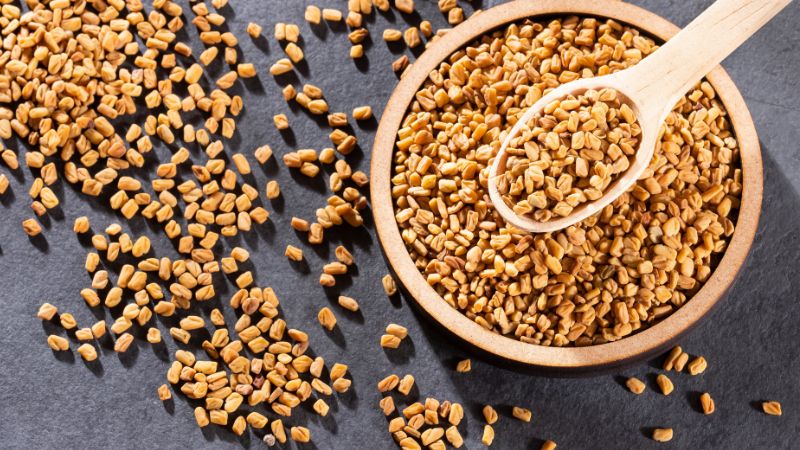
Also Read: Healthy Anti-Aging Foods to be included in your Diet Plan
Amla
Amla is the most powerful herb that is the richest natural source of vitamin C and antioxidants. So, it’s perfect for keeping diabetes in control. As per the modern view, amla improves glucose metabolism in diabetic patients, thus, lowering the fasting and postprandial blood sugar levels in the body.
It lowers the risk of several diabetic complications by fighting free radicals, reducing inflammatory mediators, and improving the functioning of blood vessels. According to the Ayurvedic view, it proves helpful in controlling blood sugar levels by regulating carbohydrate metabolism because of its astringent and rejuvenating properties.

Get Sufficient Sleep
The diabetics who do not get proper sleep, there is a high chance of an increase in blood sugar levels. One should take an adequate amount of sleep since it is essential for good health. For diabetics who do not get enough sleep, there is a drop in the release of growth hormones and hence it raises the cortisol levels.
Both have a vital role in blood sugar control. Remember, it’s not all about the quantity of sleep. You should take about 7-8 hours of good quality sleep at night. In other words, you should sleep at a continuous pace.

Keep the Body Hydrated by Drinking Water Frequently
Drinking a sufficient amount of water can prove to be extremely helpful in lowering blood sugar levels. Besides this, it helps your kidneys to expel excessive blood sugar through urine. Studies show that those who drink more water have less risk of high blood sugar levels.
Remember, water and non-caloric drinks are the best. However, sugar drinks increase blood glucose and result in weight gain. So, you should avoid sweetened beverages.

Have Control Over the Consumption of Carbs
Our body breaks the carbohydrates into sugar and then insulin transfers that sugar into cells. When we eat an excessive amount of carbs, this procedure fails, and blood sugar level increases. But there are various things you can do to address this. In several studies, it has been found that a low-carb diet lowers the blood sugar level and prevents it from increasing.
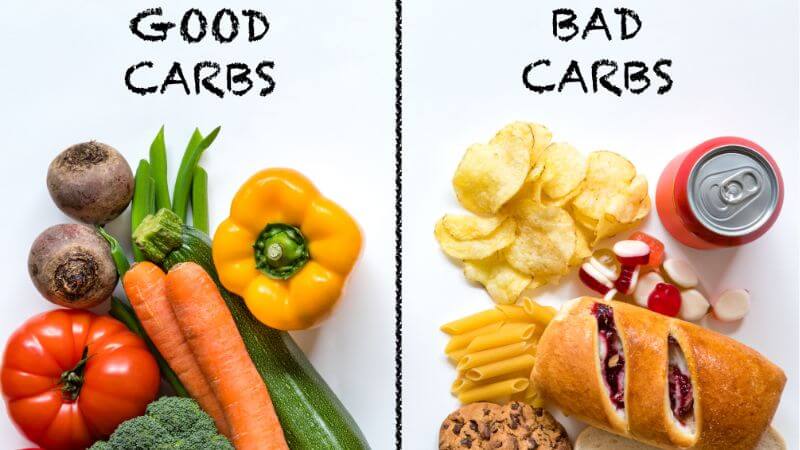
Spinach
Spinach is a dark green leafy vegetable that is loaded with vitamins A, C, E, and K. Besides this, it is a rich source of iron, calcium, zinc, potassium, phosphorus, magnesium, and folate. This food is low in calories and carbohydrates as well.
Spinach is the source of plant chemicals zeaxanthin, lutein, and flavonoids. Lutein present in it is essential for eye health. Therefore, it is highly important for diabetic people since they are at risk of diabetic retinopathy. Potassium lowers heart disease risk.

Also Read: How to Boost the Immune System Naturally?
Garlic
Garlic contains photochemical and health-promoting components such as sulfur-containing metabolites, allicin, and its derivatives. These bioactive molecules reduce ailments like diabetes, high blood pressure, inhibition of platelet aggregation, heart diseases, cancer, and infectious diseases.
The extracts of garlic have been reported to be effective in reducing insulin resistance. It is also known to have antiprotozoal, antifungal, and antimicrobial properties. It has anti-oxidative properties since it can scavenge free radicals protect membranes from damage and maintain cell integrity.
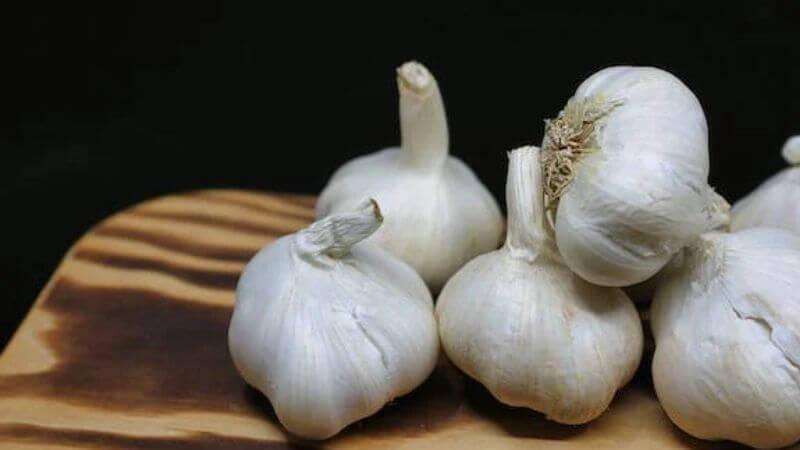
Bitter Gourd
Bitter gourd, also called bitter melon, has been widely used as a traditional medicine for ages. It contains polypeptide-p which is an insulin-like compound that promotes insulin. Charantin in bitter melon lowers the glucose level.
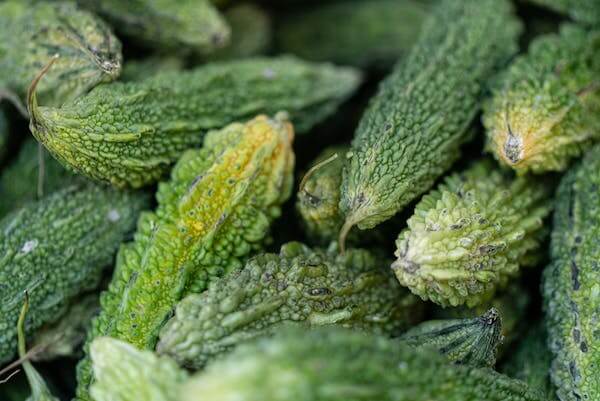
Tomato
Tomatoes are a rich source of phytonutrients that include lycopene, beta carotene, anthocyanin, and flavonoids. It provides a considerable amount of antioxidants. The tomato peel contains high levels of lycopene compared to the pulp and seeds. The tomato seeds had higher amounts of minerals( iron, magnesium, zinc, and copper) and unsaturated fatty acids (oleic acid and linolenic acid).
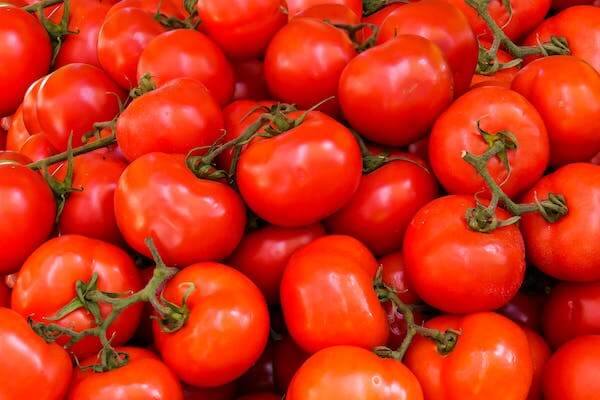
Carrot
A diabetic can safely eat a couple of carrots per day. Carrots are non-starchy, low-calorie, and high-fiber, aiding in blood glucose management and reversing insulin resistance. Carrots have a low GI score of 55. This makes them a low-carb food that raises blood sugar levels at a slow pace.
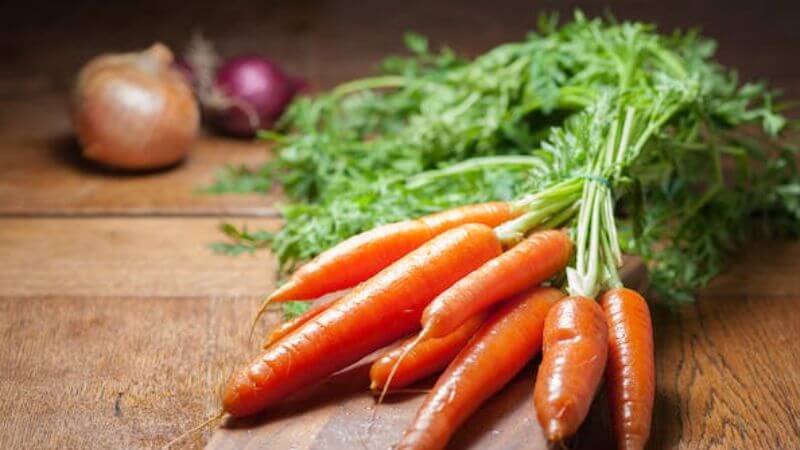
Thanks for Reading Our Blog
I hope you found useful information in our blog. We appreciate your crucial time if you find it exclusive Please give us your suggested feedback. To find more blogs Go to the Home Page
